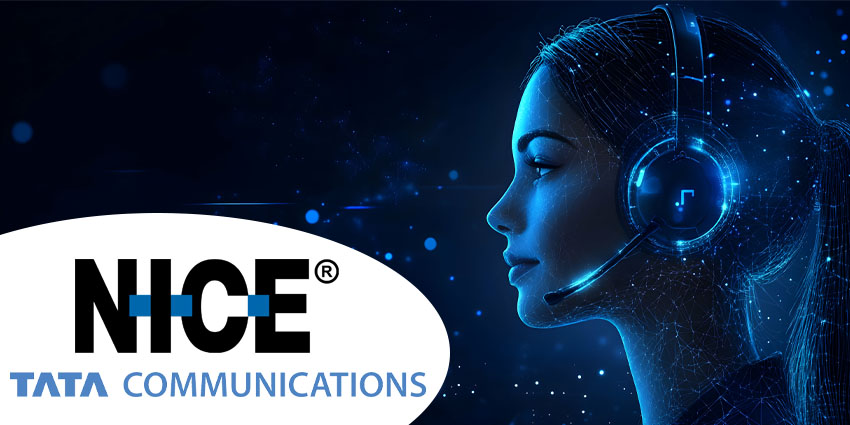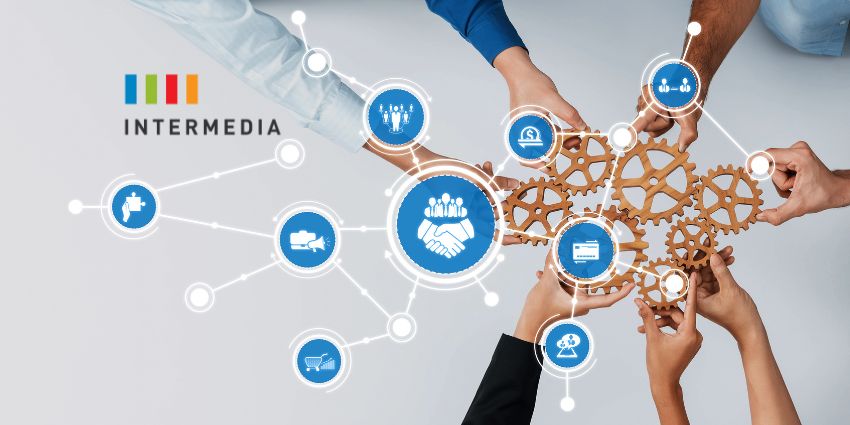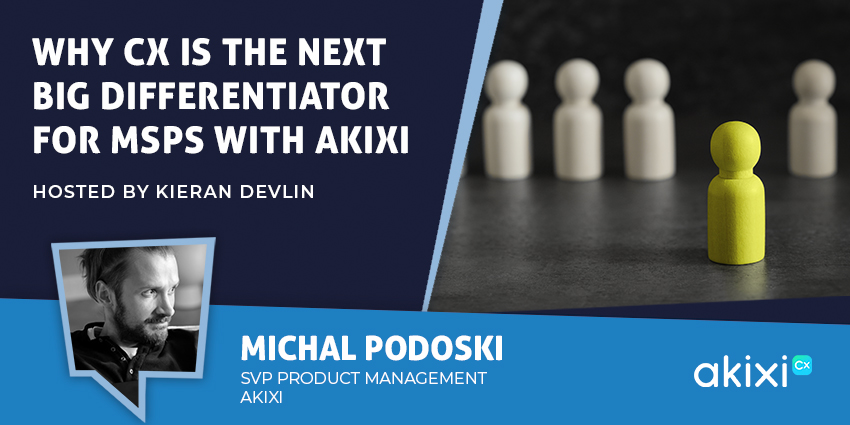For companies with 50-500 employees, there’s a critical moment when customer communications reach a tipping point. They’re handling hundreds of daily interactions across multiple channels, yet many don’t identify as having a “contact center.”
I spoke to Unified Communications and Contact Center vendor GoTo to discuss that ‘Goldilocks moment’ when businesses realize they’re too big for basic solutions but not ready for enterprise complexity. Joseph Walsh, VP Global Marketing at GoTo, has seen this transformation countless times. “The vast majority of businesses are struggling with customer experience,” he explains. “In the US, if you look at Forrester’s Consumer Experience Index, US customers are having the worst experiences in over a decade.”
The Identity Crisis: When Customer Service Becomes a Contact Center
Five Questions That Reveal Your Contact Center Reality
Most growing businesses don’t wake up one day and decide they need a contact center. Instead, they gradually cross invisible thresholds that signal it’s time for more sophisticated customer communication tools.
Walsh identifies five critical questions that reveal when a business has entered contact center territory:
- Do you have multiple staff handling customer calls, emails, and messages daily? If there’s no central system to track these conversations, you’re likely creating a fragmented experience where customers lose context and need to repeat themselves.
- Are customers often waiting on hold or being transferred between team members? This usually indicates a lack of proper call routing, queuing, or CRM integrations that could provide agents with customer context.
- Do support requests come through multiple channels with inconsistent responses? When different people handle phone, chat, social media, and email separately, customers receive inconsistent service experiences.
- Do managers lack visibility into team performance? Without proper analytics, you can’t identify why your best customer-facing representative excels or help others improve.
- Do you rely heavily on manual workarounds like spreadsheets or shared inboxes? These scattered approaches create fragmented experiences for both staff and customers.
“When businesses can sit down and ask themselves these five questions, they often realize they’re already in the world of contact center software, even if they don’t see themselves as a traditional contact center.”
— Joseph Walsh, VP Global Marketing, GoTo
The Goldilocks Advantage: Why Size Matters
Too Small for Enterprise, Too Big for Basic
The companies winning in today’s competitive landscape aren’t necessarily the biggest—they’re the ones smart enough to recognize their position in the “Goldilocks zone.” This sweet spot offers unique advantages:
Customer Expectations Have Evolved Modern consumers carry powerful devices that give them access to advanced AI and instant gratification. They expect businesses to deliver smartphone-level experiences, including 24/7 service and personalized interactions.
Technology Has Democratized What once required 18-month implementations and massive budgets now takes days to deploy for hundreds, not thousands, of dollars monthly.
Agility Advantage Unlike enterprises bogged down by complex processes, growing businesses can implement unified solutions quickly without overwhelming technical resources.
Right-Sizing Your Solution
Walsh emphasizes the importance of matching technology to your actual needs:
“You don’t want to go out and buy software for a 2,000-strong contact center if you’ve got 20 people dealing with customers daily. We see customers coming off big box enterprise offerings because they’re complex, require lots of tech resources, and are expensive.”
For companies with 50-500 employees, a good rule of thumb suggests 10-15% are customer-facing daily. This translates to roughly 5-75 people who need contact center capabilities—a perfect fit for right-sized solutions.
The Practical Path Forward
Essential Considerations for Growing Businesses
Match Team Size and Roles Choose software that scales from a few users to several dozen, allowing growth without overpaying for unused capacity.
Focus on Essential Channels Don’t implement everything at once. Start with core needs and add channels as your business grows.
Prioritize Ease of Use Your solution should be simple for teams to adopt and for limited tech resources to deploy.
Ensure Integration Capabilities Look for off-the-shelf integrations with existing tools like HubSpot, Microsoft Dynamics, or Salesforce.
Demand Flexible Pricing Pay for what you need now, with the ability to scale without massive upfront commitments.
The AI Advantage: Practical Technology That Actually Works
Demystifying AI for Growing Businesses
The AI conversation often intimidates growing businesses, but Walsh advocates for “practical AI”—simple, easily deployable applications that provide instant benefits.
“We’re focusing on practical AI—simple, easy to deploy applications that give you instant benefit. Some of this comes within your existing technology. Many organizations feel they haven’t started their AI journey, but there’s a lot they can probably turn on with their existing tech stack.”
Quick AI Wins Include:
- Meeting summaries and transcripts
- Sentiment analysis and topic detection
- AI receptionists handling routine inquiries
- Automated responses for common questions
GoTo’s AI Receptionist, for example, can handle 15-20% of incoming calls by automating responses to frequently asked questions. It can be deployed in 24 hours and costs hundreds, not thousands, of dollars.
The Best AI is Invisible AI – Walsh notes that the most effective AI features are often the ones users don’t realize are powered by artificial intelligence: “Technology should never drive what you do. It should just enable what you do.”
Measuring Success: Real Impact for Real Businesses
Transformation Results Growing Businesses Can Expect
When companies embrace their contact center identity and implement right-sized solutions, the results are measurable:
- Up to 80% reduction in missed calls
- Faster handling times through better tools and automation
- Higher first-call resolution rates with improved agent context
- Enhanced employee satisfaction from better tools and empowered problem-solving
- Improved customer loyalty through consistent, quality experiences
“When you have the right data, the right insights, and the right context available to people, employees are much more informed and can get answers to customers the first time. This creates benefits on both the customer side and the employee side.”
Ready to Find Your Perfect-Fit Solution?
If your growing business is handling customer communications across multiple disconnected systems, you might already be operating a contact center without realizing it. The question isn’t whether you need contact center technology—it’s whether you’ll continue managing with inadequate tools or embrace solutions designed for your size.
Take the Next Step:
Watch the Full Video Interview – See Joseph Walsh explain how GoTo helps businesses escape the fragmentation trap and discover unified communications
Watch our Webinar On-Demand – “AI-enabled CX That Actually Works: No Data Scientists Required” – Learn how growing businesses implement practical AI with existing teams
Don’t let the perfect be the enemy of the good. Your customers—and your team—deserve a solution that’s built for your size, your budget, and your growth trajectory








